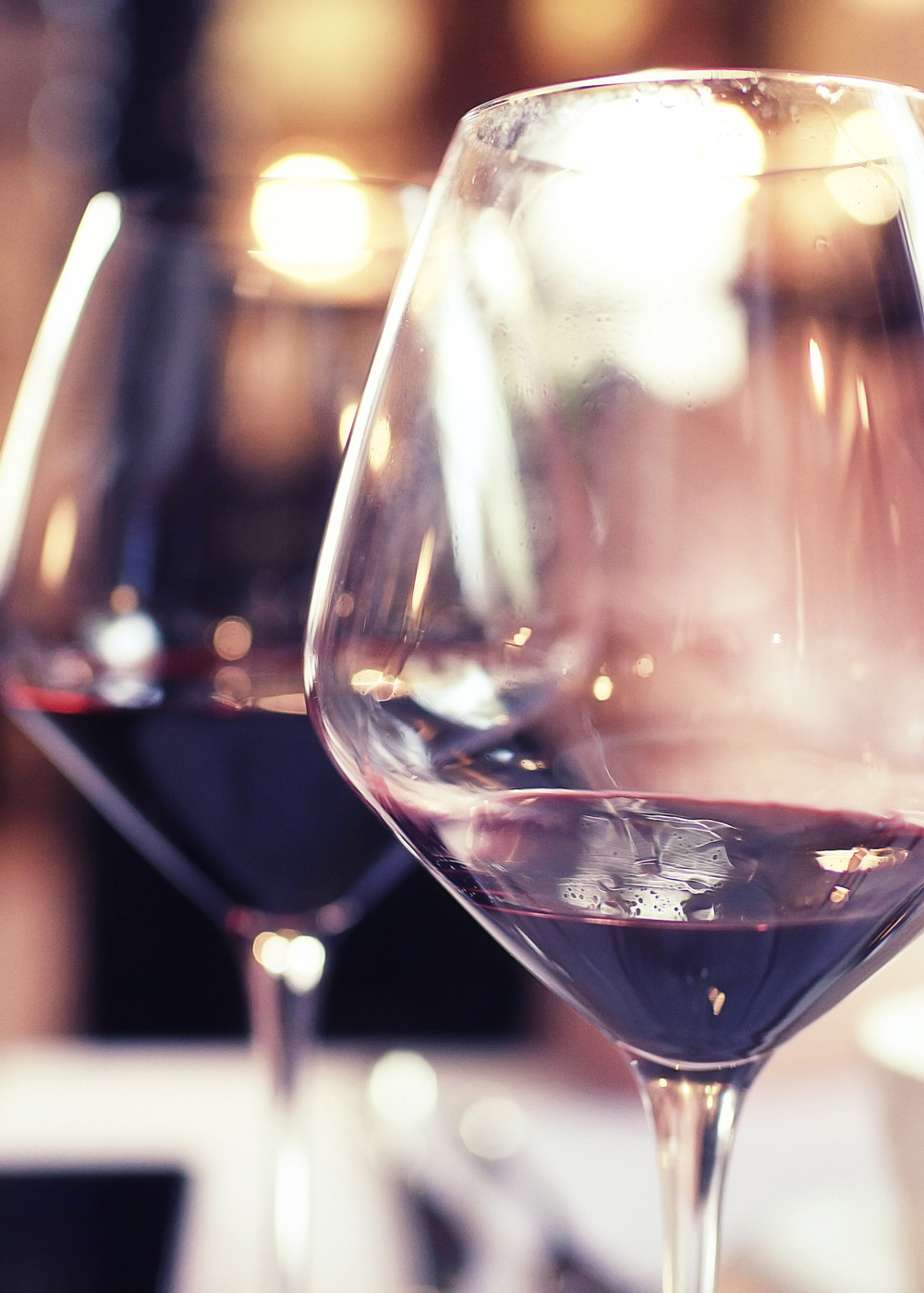Among the most planted and popular grapes in the world, Merlot is found in nearly every country that produces wine, but Cabernet Sauvignon and Pinot Noir have unfortunately begun to overshadow it in the past few decades. The 2004 movie Sideways features a character who criticizes Merlot and praises Pinot Noir. The market reacted with increased sales of Pinot Noir at the expense of Merlot. Falling demand has resulted in lower prices, presenting an opportunity to find great bargains for those of us still in love with Merlot.

Merlot’s relative lack of prestige stems partially from its historic role as a blending grape. Merlot originated in Bordeaux and remains the most planted red grape in the region, ahead of Cabernet Sauvignon, Cabernet Franc, Petit Verdot, and Malbec. Merlot adds softness and sweet fruit flavors to Bordeaux blends to offset the rough tannins and acidity of Cabernet Sauvignon – the second most planted variety in the area. Merlot’s verdant quality and tolerance of cool temperatures make it a favorite in Bordeaux, where other vines often prove less reliable. It’s rare to see a Bordeaux wine made exclusively from Merlot.
Winemakers around the world, from California to Italy, have imitated Bordeaux blends for generations, which led to the spread of Merlot around the globe. California was among the first places to see Merlot bottled and marketed on its own without additional blending partners. Many countries and regions around the world now produce and bottle single varietal Merlot. The softness of Merlot, as well as its aromatic complexity and full body, make it an easy wine to enjoy.
Food Pairing
Merlot pairs well with a wide variety of foods. Its relatively low tannic structure means that it won’t overwhelm delicate dishes, but it still has the body and richness to complement hearty fare like steak. The only foods that do not pair with Merlot include very delicate dishes – like sushi or simple shellfish – or foods high in sugar or acid – like desserts or citrus. A small sampling of dishes to pair with Merlot include:
- Red meat (e.g., steak, burgers, lamb, pot roast, etc.)
- Pizza
- Poultry
- Aged cheese, like gouda
- Roasted or grilled pork
- Mushrooms
- Root vegetables

Bordeaux

As mentioned before, Merlot originated in Bordeaux. Blends from the famous “Right Bank” areas of Pomerol and Saint-Émilion feature Merlot as a dominant part of their blends, while “Left Bank” wineries tend to use Merlot as a minor component. Merlot from Bordeaux comes across as leaner and drier than examples from the New World, with flavors of blackberry, plum, and a distinctive leafiness. The majority of red wines from Bordeaux contain some Merlot, but it is rarely acknowledged on the label.
California
Merlot from California became fashionable and popular during the 1980s and 1990s. Many of the wineries that built their reputation during that time still offer world-class Merlot, often at a much lower price than Cabernet Sauvignon from the same producer. Merlot in California resembles Cabernet Sauvignon to such an extent that distinguishing between them in a blind tasting is a challenge. Full-bodied, ripe, juicy, and fragrant, California Merlot drinks almost as well by itself as it does at the dinner table.
Tuscany

Italians see Merlot as a French grape and have historically preferred their own native varieties. Over the past century, however, the merits of using Merlot for blending became apparent to Italian winemakers, particularly in Tuscany. Merlot makes up a minor proportion of blends in Chianti and has taken on a significant role in the “Super Tuscans” made along the Bolgheri coast. These wines emerged on the international wine scene in the 1970s, characterized by non-traditional grapes and techniques including the use of Merlot. Many of the most famous and expensive wines of Tuscany now contain at least some Merlot.
Chile
In the 1990s, DNA testing in Chile revealed that many vines thought to be Merlot were, in fact, Carmenere, a grape originally from France and nearly extinct in Europe. Even though much of Chile’s “Merlot” turned out to be mislabeled, the authentic Merlot grape continues as an important part of Chilean wine culture. The grape thrives in many parts of Chile and produces some excellent wines. When you combine the already affordable prices of Merlot with a solid exchange rate from Chile, you can find some great deals.



